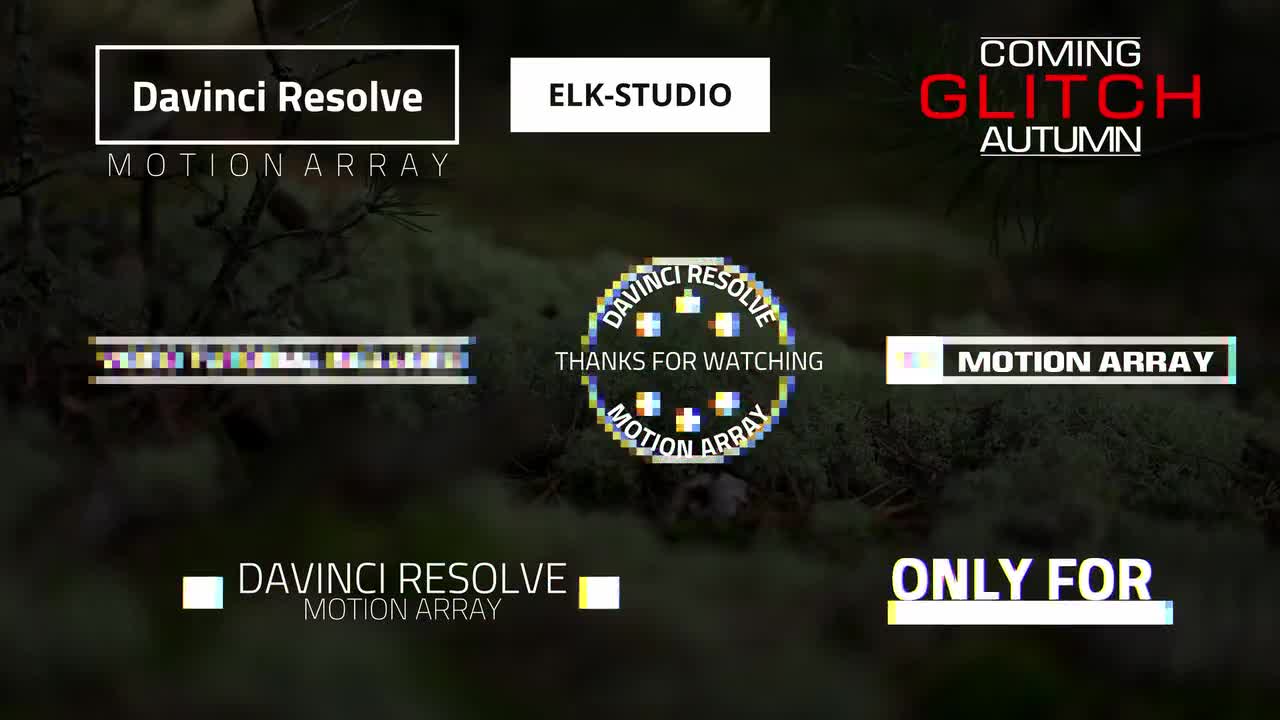
Notes 4, 5, and 6 represent the red, green and blue channels. Add another node at the end of the graph by going menubar Color > Nodes > Append A Node.On the menubar select Color > Nodes > Add Splitter/Combiner Note.This process is known as chromatic aberration – when there is an anomaly with any one specific color channel. It is possible though to break out those channels individually and make adjustments to each channel.

These individual color channels are merged behind the scenes and form the video files we normally work with, without any thought into how this process exactly works. Video files are comprised of a combination of separate red, green, and blue images. Baseline value is 0.435, to reveal more detail in the midtones raise this value to 0.700. The pivot controls the offset weight between the darkest and brightest regions in your shot. The base value is 1.0, try something around 0.85. This can be done by opening the primary wheels tool (3 rd panel from the left) and clicking and dragging your mouse over the contrast value in the lower left of the screen.

Place your playhead overtop of the clip you want to start with, and click the Color panel on the lower navigation ribbon.Drag and drop your footage from the Media Pool into the Timeline.Pick which clips you want to work with – either a whole project or just a few shots. We are going to start on the Color page to do quite a bit of the heavy lifting, and follow-up with an adjustment clip on the Edit page. However, this is not how we are going to tackle our project.

Images of a VHS effect might suggest that this is a motion graphics project and that you would start your project in the Fusion page. Part 1: How to Make Vintage VHS Effect in DaVinci Resolve How to Add the VHS Aesthetic Part 2: Top 5 VHS Effect Templates for DaVinci Resolve.Part 1: How to Make Vintage VHS Effect in DaVinci Resolve.


 0 kommentar(er)
0 kommentar(er)
